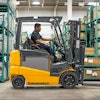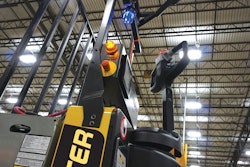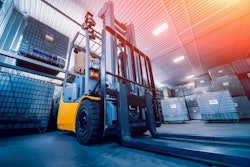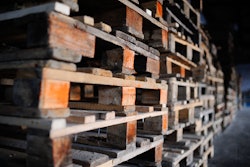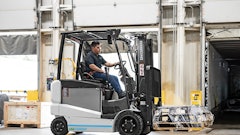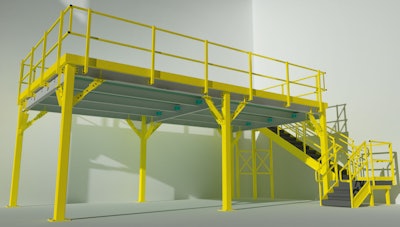
The growth of e-commerce is driving warehouse, distribution and fulfillment centers to utilize larger structures, automated systems and engineered elevated work platforms that can deliver faster logistics and shipping.
To accommodate the growing size and complexity of such systems, industry innovators are now expediting the process of quoting, designing, manufacturing, and installing the systems. They are utilizing 3D modeling and data extraction from the modeling, as well as design for manufacturability (DFM) techniques that simplify construction and installation while still allowing for necessary customization.
The enhanced flexibility and capability of work platforms will enable more seamless integration and scale up to increase production capacity. The approach will accommodate new technology such as automated picking systems, robotic automated storage and retrieval systems (AS/RS) and massive e-commerce fulfillment centers.
Warehouse platform structures -- From bottleneck to expedited project
Traditionally, warehouse inventory management was labor intensive. Today, the product picking process is faster and utilizes automation, whether through robots or conveyors.
However, on larger projects, platform structures are crucial. The platform structures are the first product to the jobsite and serve as the foundational, multi-level structures upon which all other products – from racking and robots to conveyors – are built and integrated. So, if platform structures are not designed, constructed and installed correctly, lengthy project delays and complications are virtually inevitable.
Because warehouse equipment OEMs and contractors integrate other product on, in, around and on top of elevated structures, nothing else can happen until the platforms are in place and operational.
While platform products are not new, next-level custom yet scalable, turnkey solutions that utilize 3D modeling, data extraction and DFM can now minimize complications, compress project timelines and improve reliability.
In the market, the time between purchase order, installation and required start-up is always decreasing, so warehouse equipment OEMs and integrators and are always looking for a quicker, more efficient process.
Advances in parametric estimating – the ability to project cost and duration based on predefined algorithms such as materials and square footage – can help to expedite the process from the start.
The industry has traditionally used 2D drawings, passed back and forth during the approval process.
However, today multiple layouts can be overlaid to quickly identify any problem areas. This usually starts with an existing drawing of the building, followed by a 3D model of the platform inside the building and then the OEM’s warehouse equipment (i.e.- conveyor or rack intertwined with the platform and building).
Being able to overlay models in layers helps compare them more efficiently, so options can be chosen faster and more judiciously up front with fewer complications.
As warehouse and fulfillment projects have become larger as well as more complex and automated, so have the structures that support the equipment. That means more coordination and detail are needed more often.
While these structures are installed inside both new and existing buildings, within existing buildings, anything already in place such as building columns and electrical panels could interfere with the design. The new approach minimizes such problems.
3D modeling enables OEMs and integrators to overlay their models onto the platform structures. So, for example, they can quickly see if they have enough clearance for a conveyor that may dip below the structure in certain areas, etc.
In the past, CNC punching for the beam lines would have been figured out in a separate program or calculated by hand. Now, engineers can extract data from the 3D model in a more accurate, immediately usable form.
The use of DFM to devise parts or products that ease manufacturing and improve quality at lower cost is achieved by simplifying, optimizing and refining product design. The process incorporates input from design engineers, production staff and field installers.
To understand the benefits of DFM, consider the example of two structural members of an elevated platform that need to be bolted together.
In the past, seven different types of clips were typically needed based on the circumstances of the connection. Today, via the DFM process, a single clip can do the work of seven clips, which speeds manufacturing and installation.
As another example, an improved design eases the installation and reliability of platform guardrail by enabling technicians to get it perfectly positioned and plumb right out of the shipping crate.
When it comes to customization, 3D modeling and the DFM process offer warehouse equipment OEMs and integrators needed flexibility.
No platform structure is ever the same in terms of levels, deck heights, capacities, configurations and seismic considerations. Every project has to be customized to some degree, particularly if it is installed inside an existing facility.
While the warehouse storage and logistics industry has long focused on racking and labor-intensive forms of material handling, the rise of e-commerce has made larger automated systems, integrated with work platforms and the building more critical than ever.
To speed the process of successfully implementing such systems from concept to installation and start-up, the sooner warehouse equipment OEMs and integrators look into advanced platforms using 3D modeling design, data extraction and DFM, the greater their advantage over the competition.


